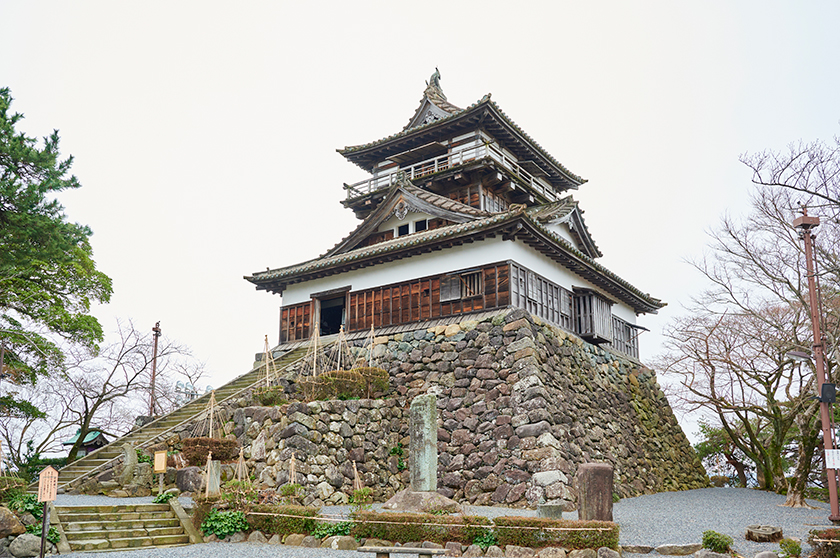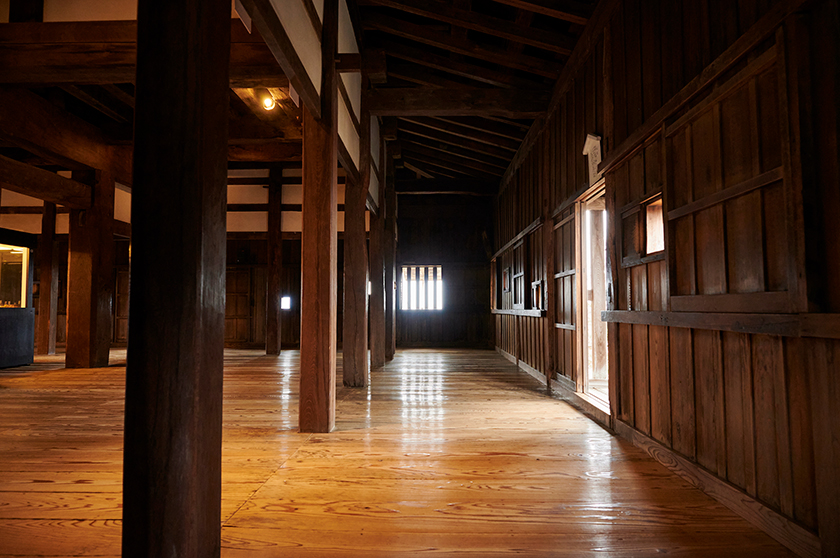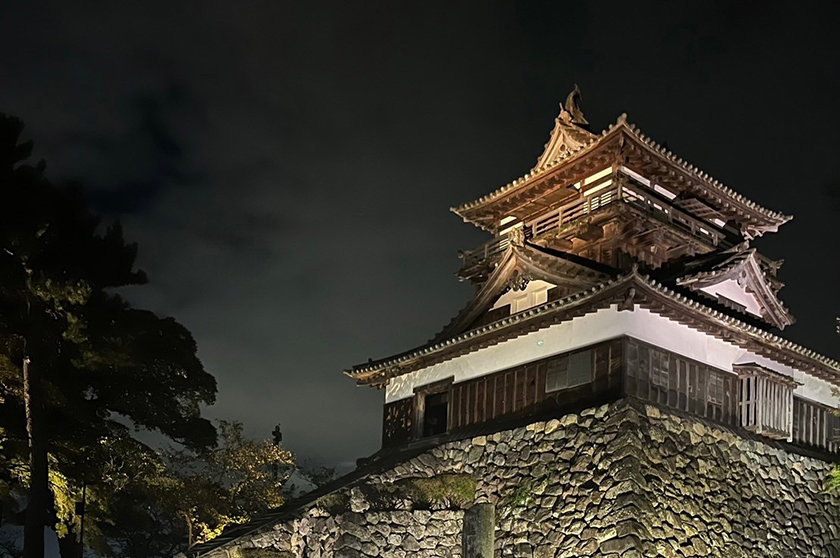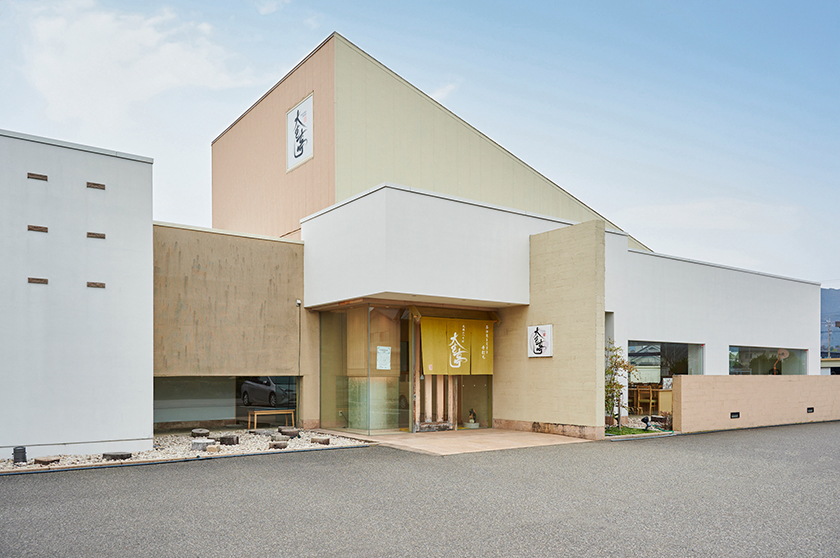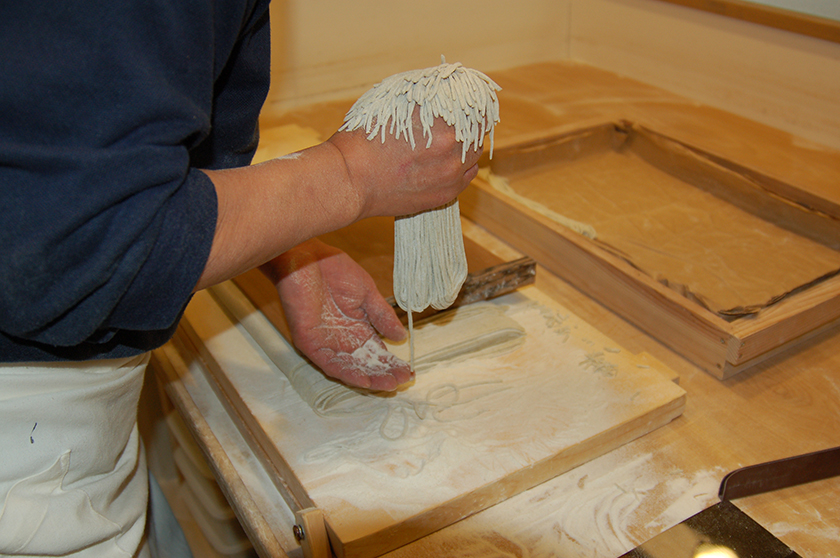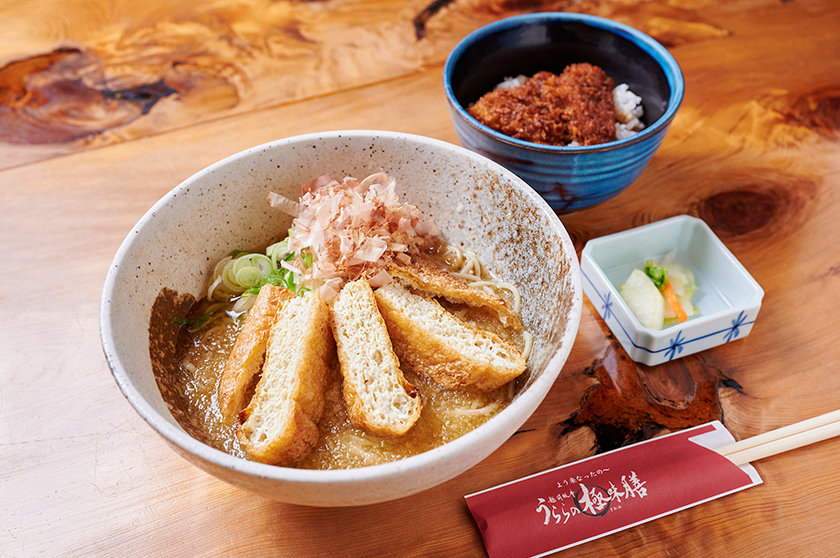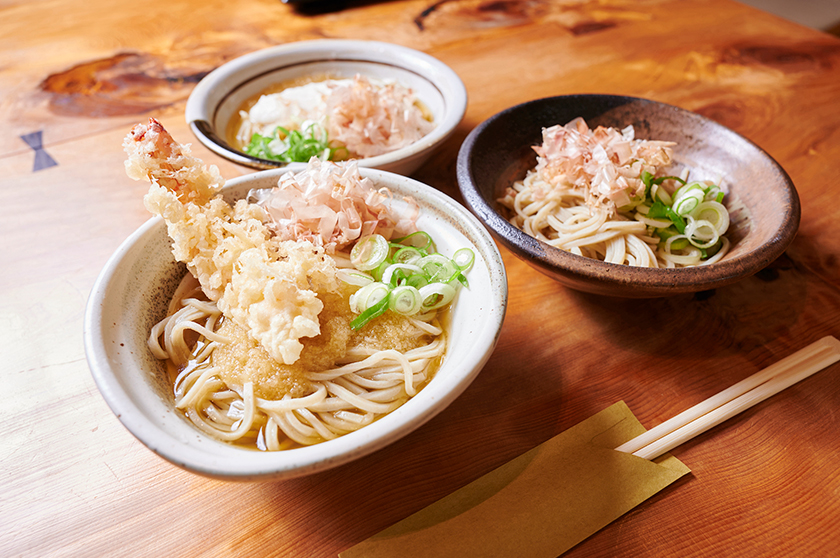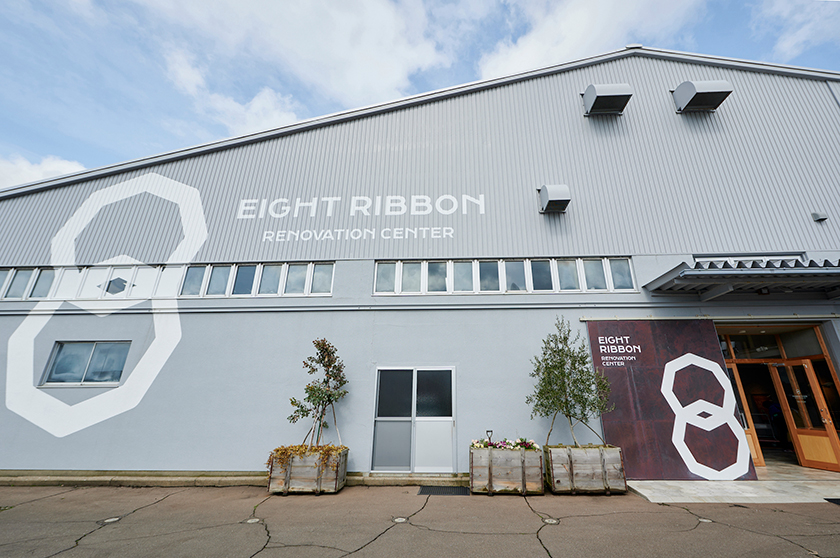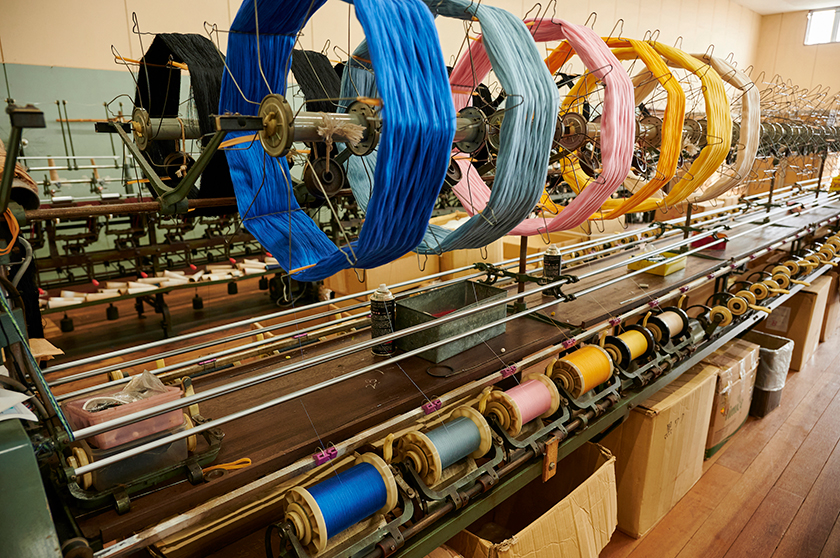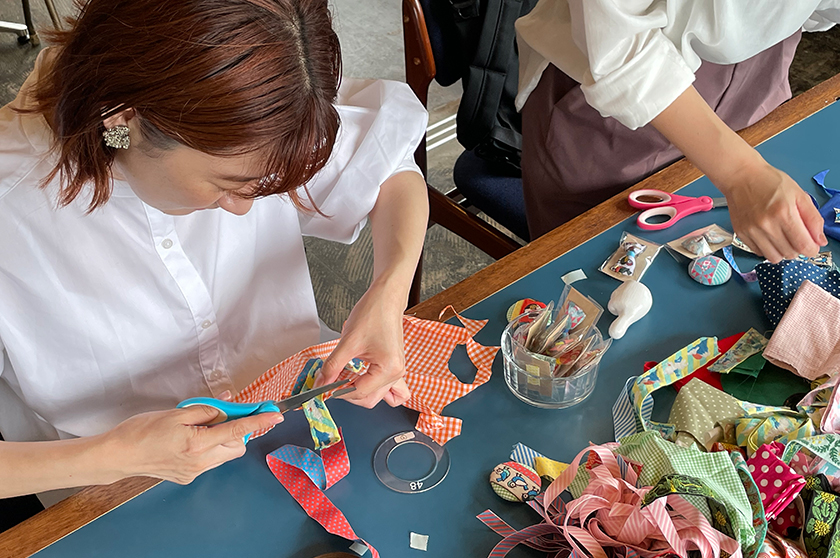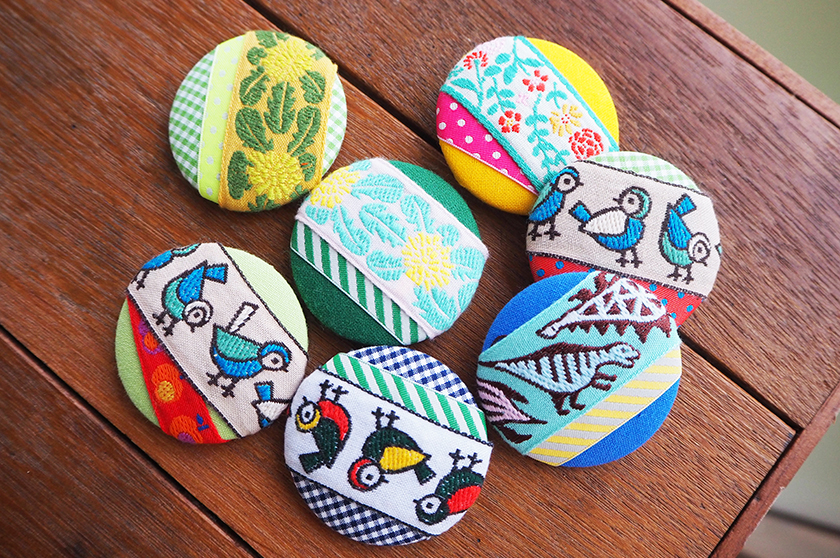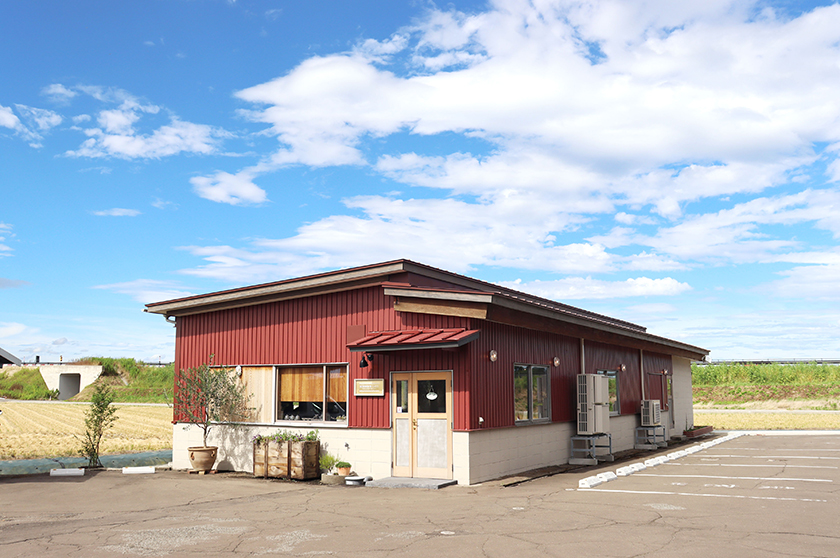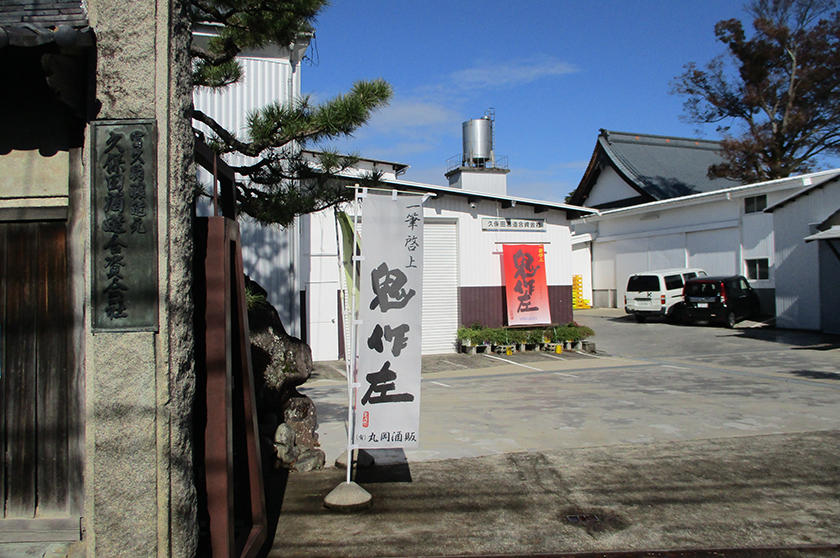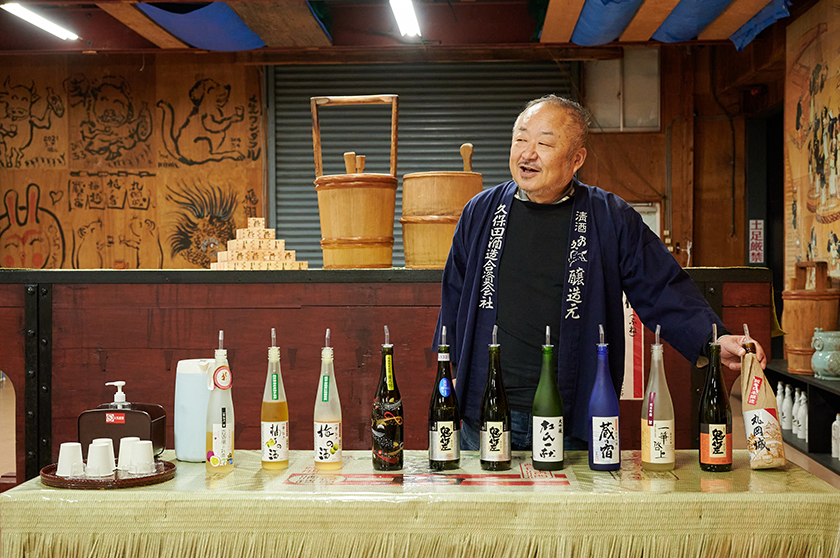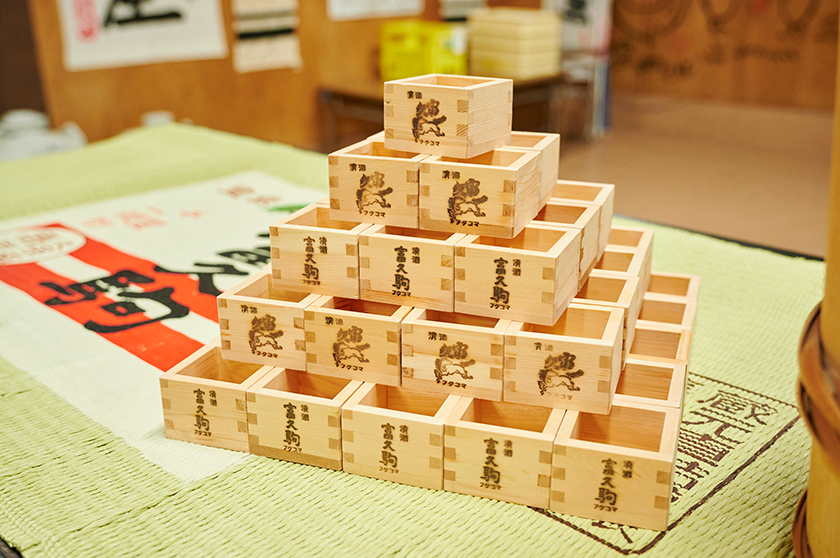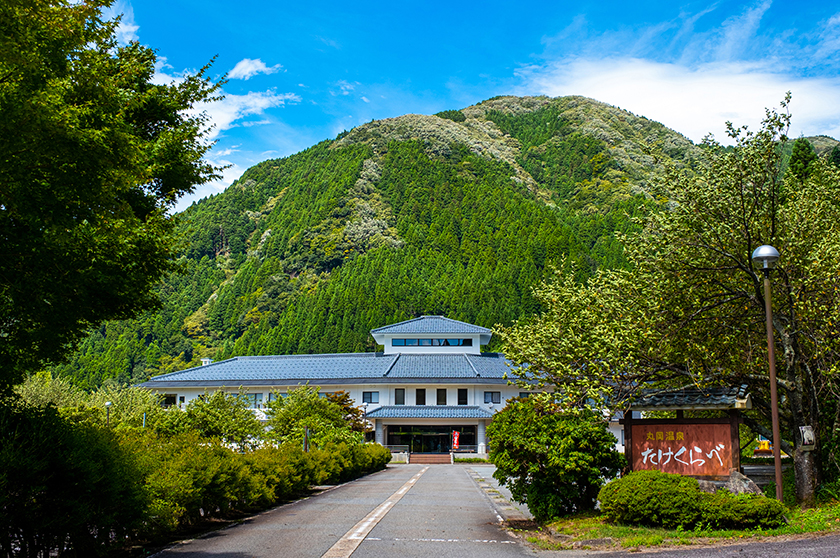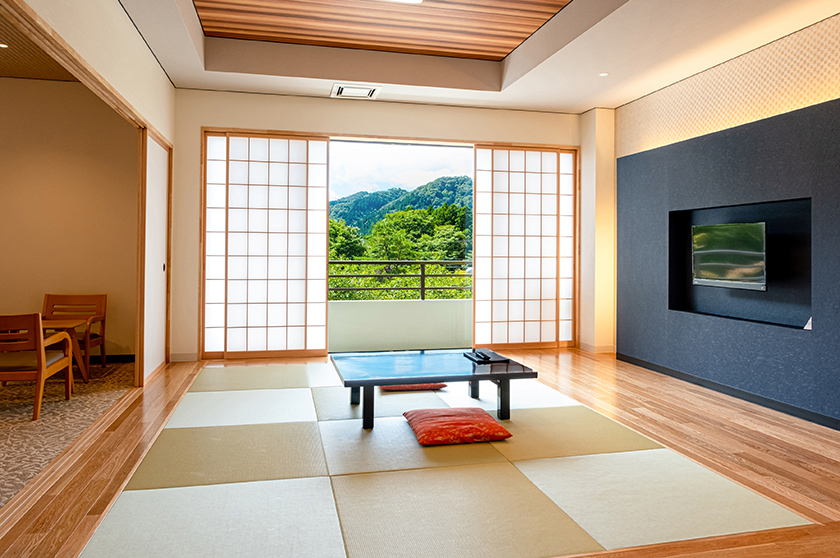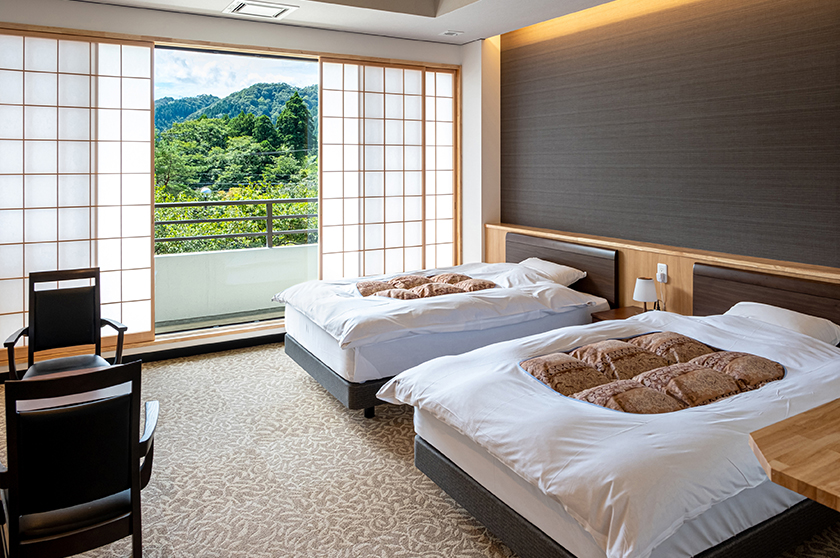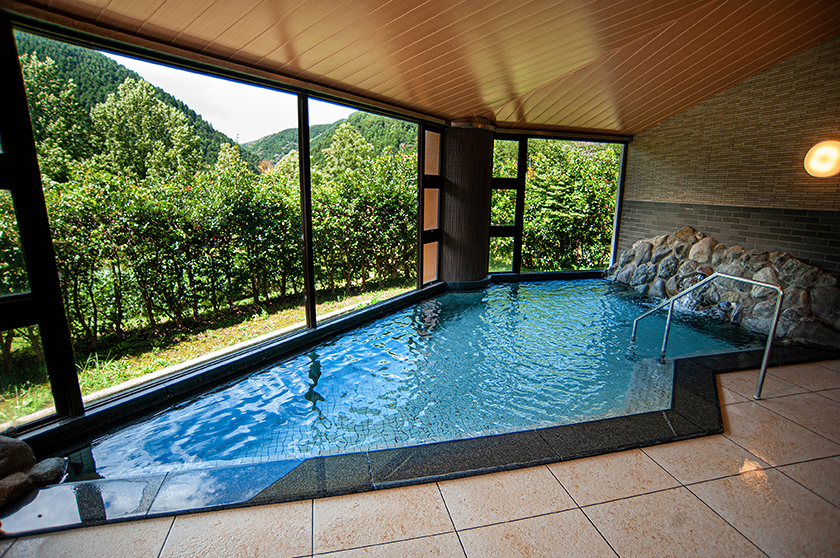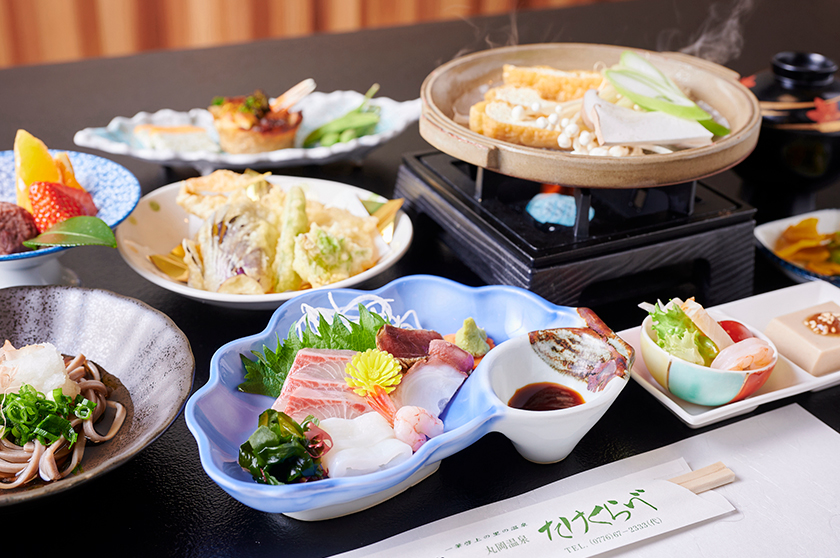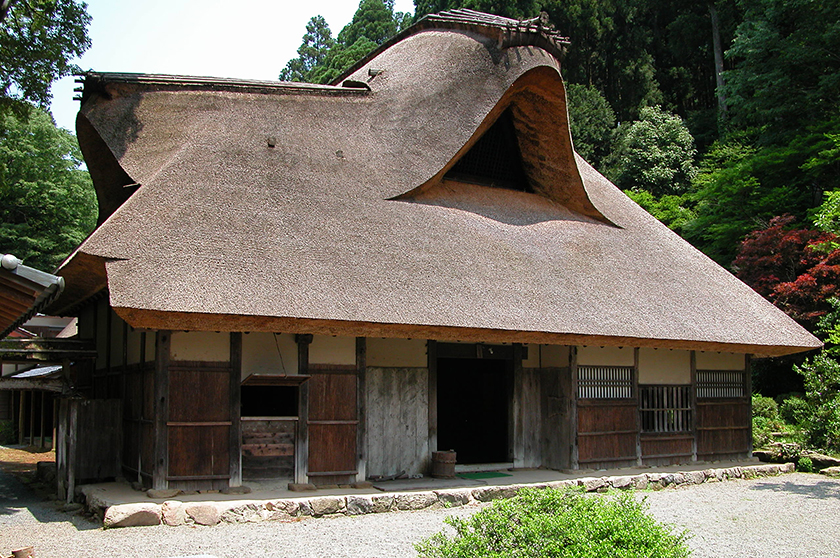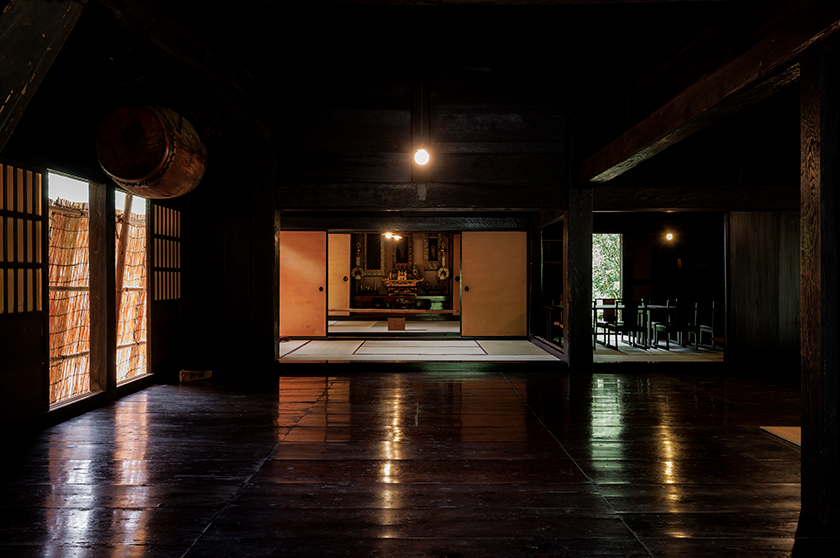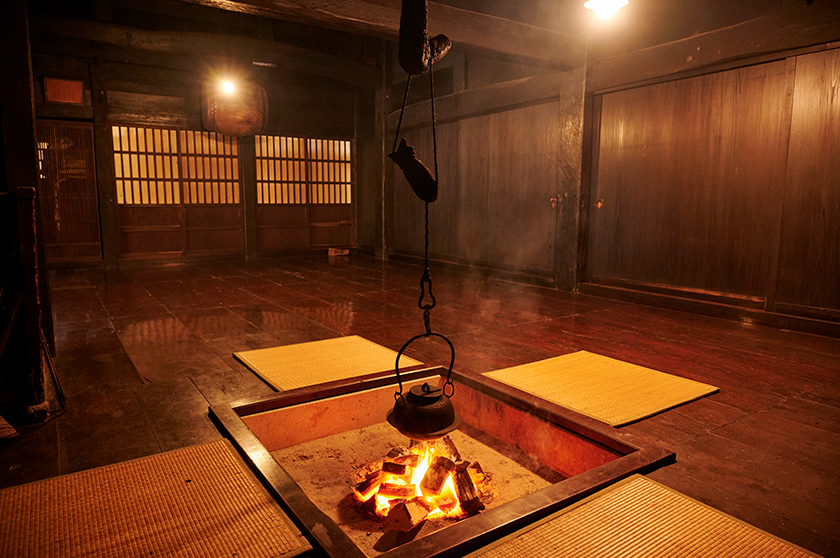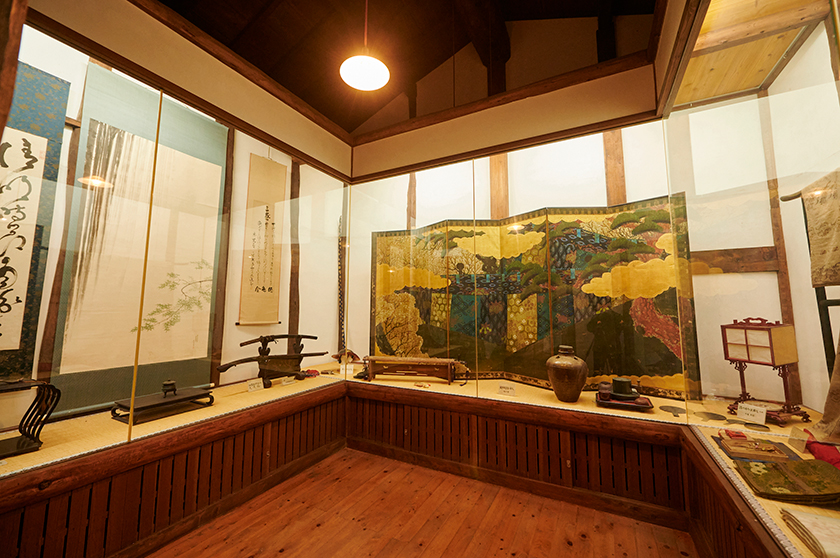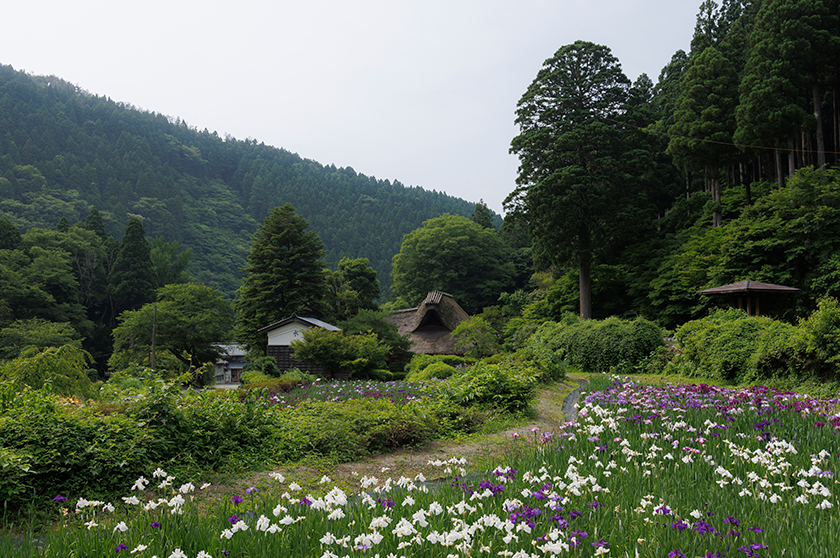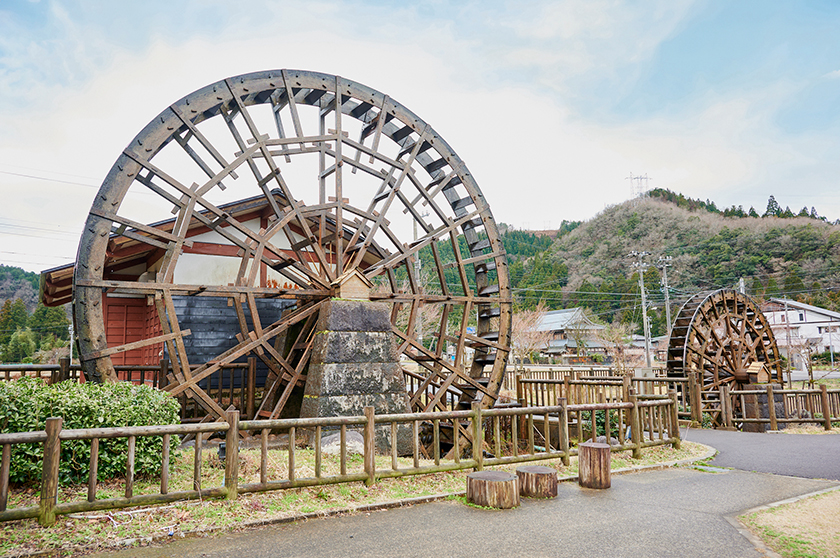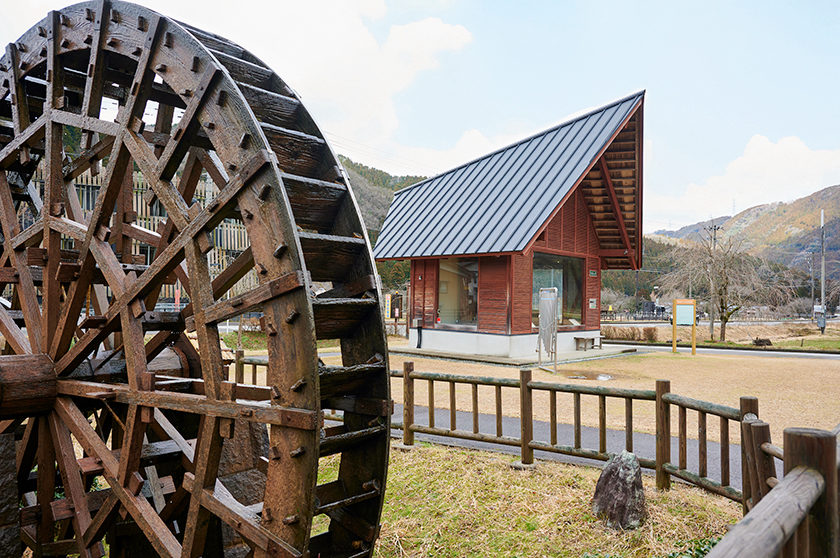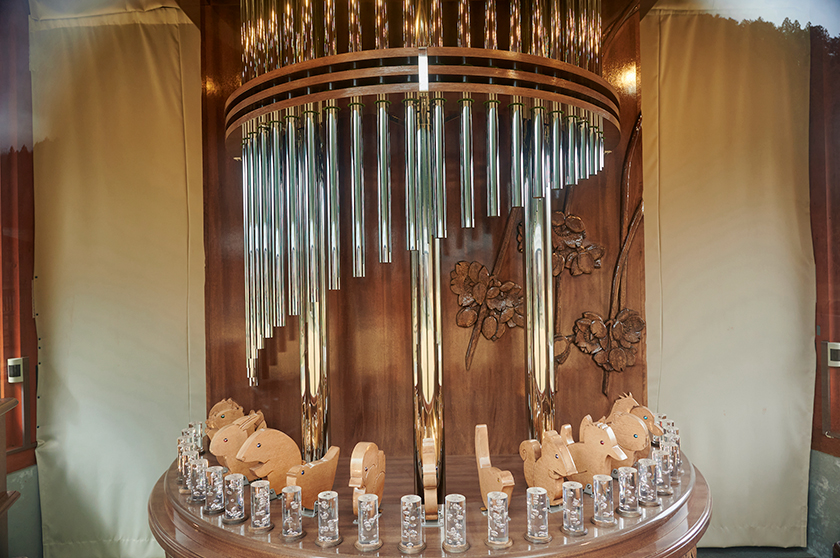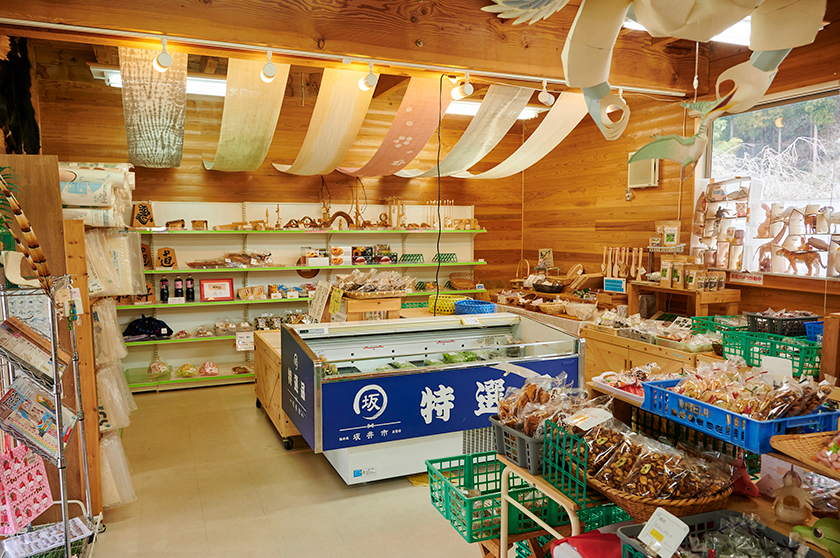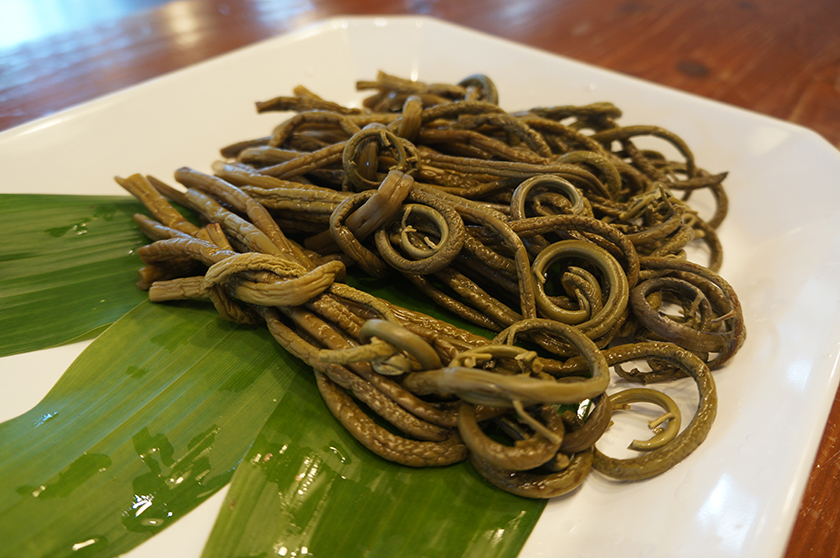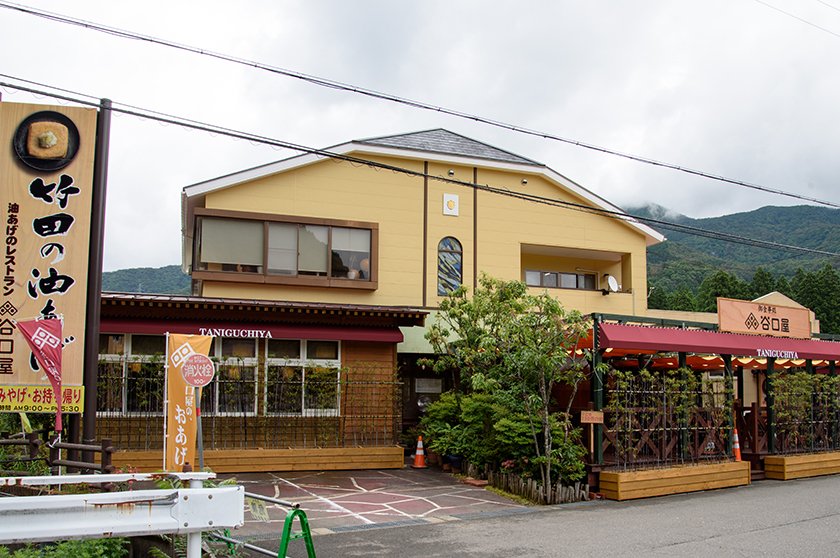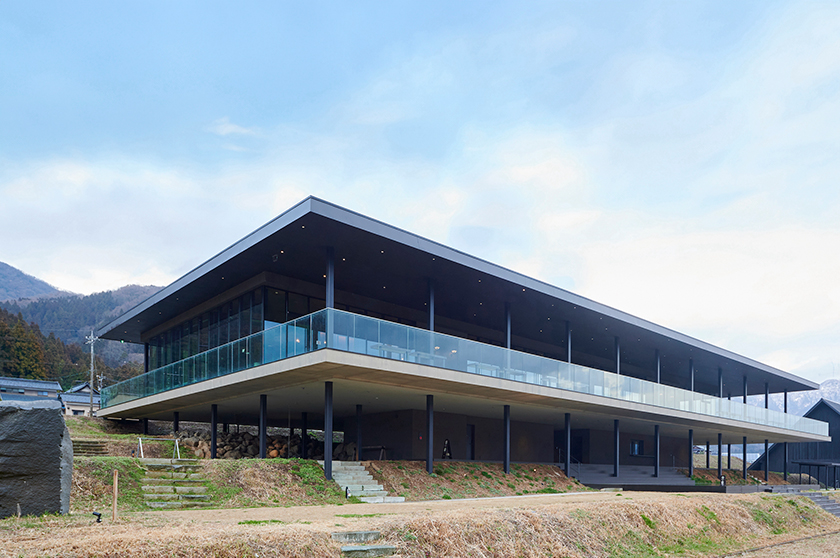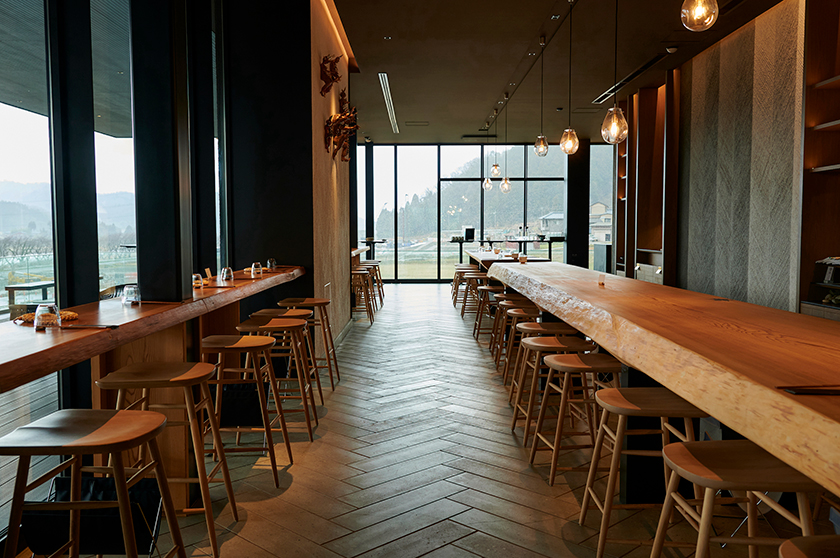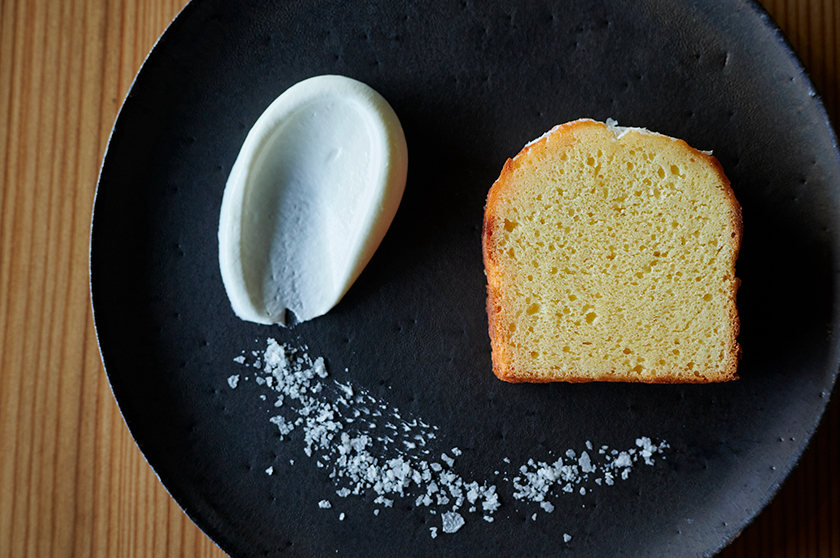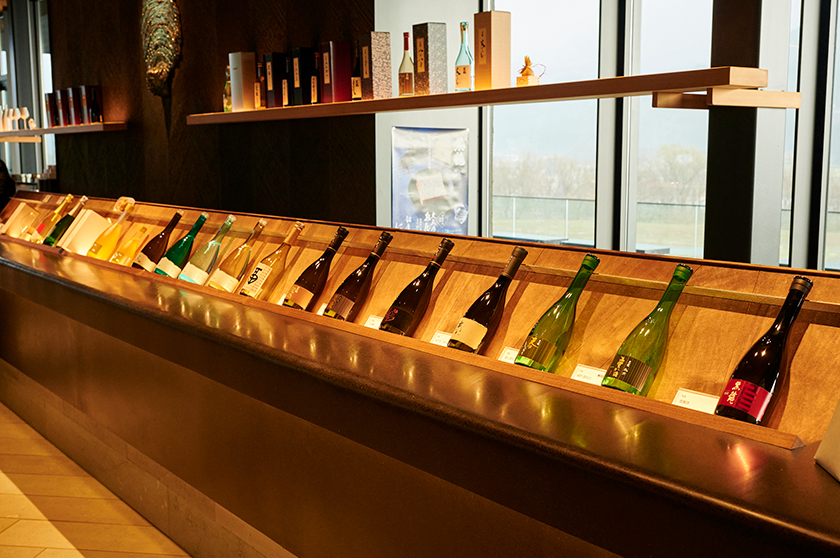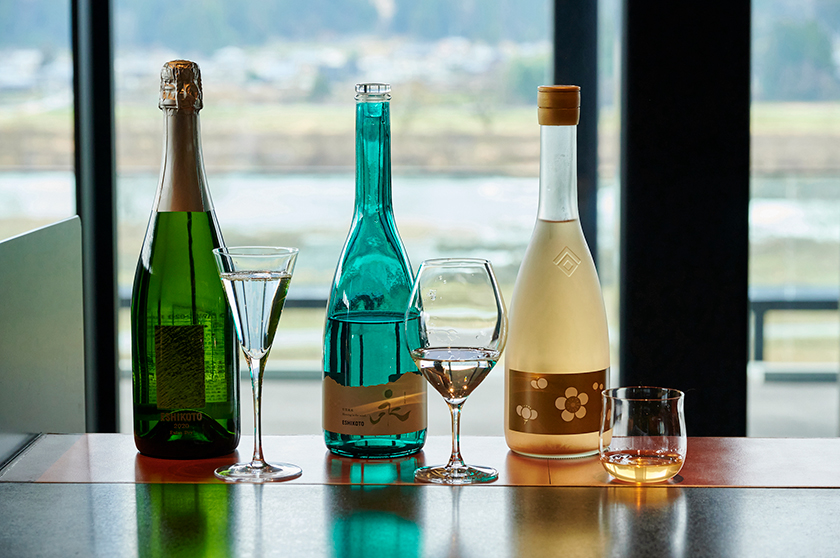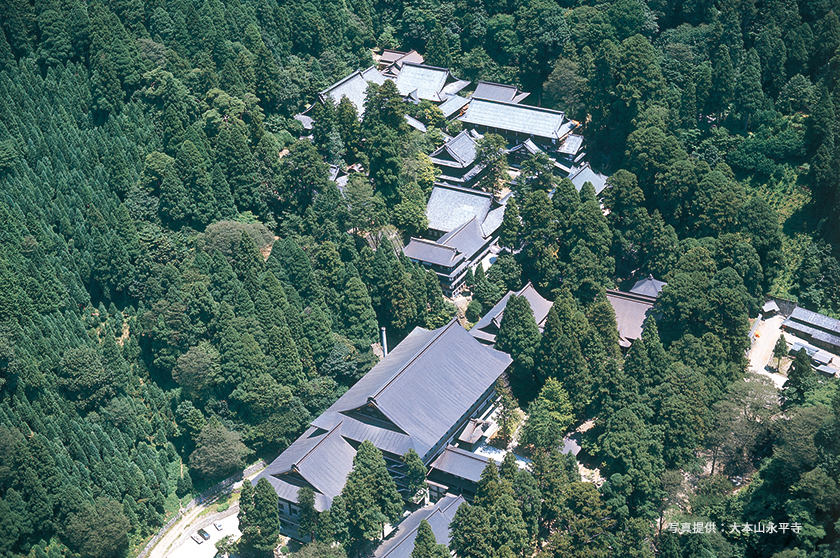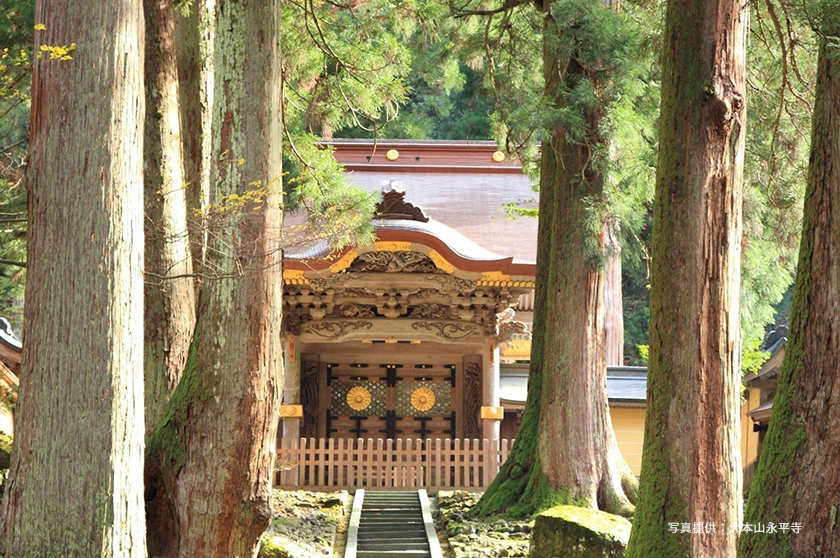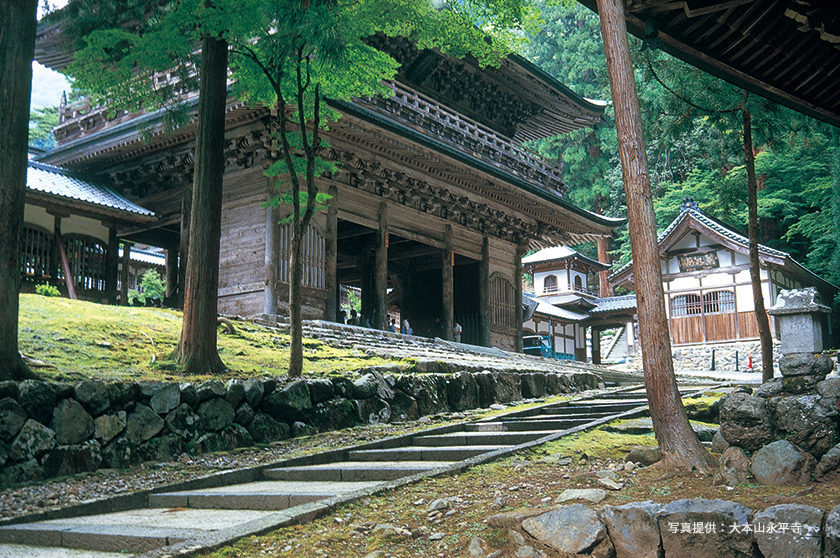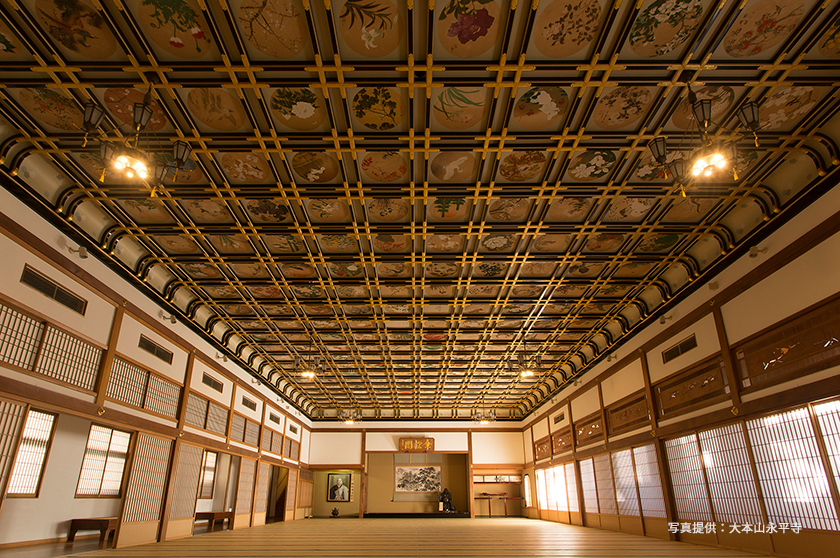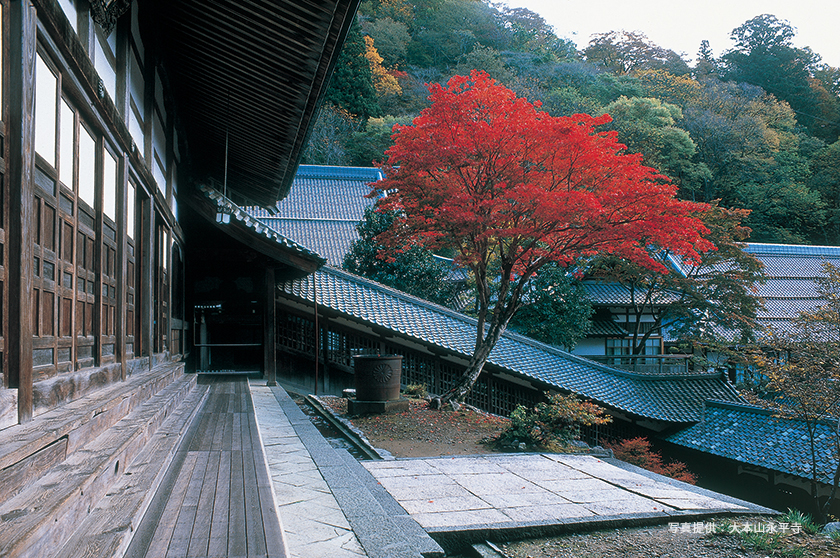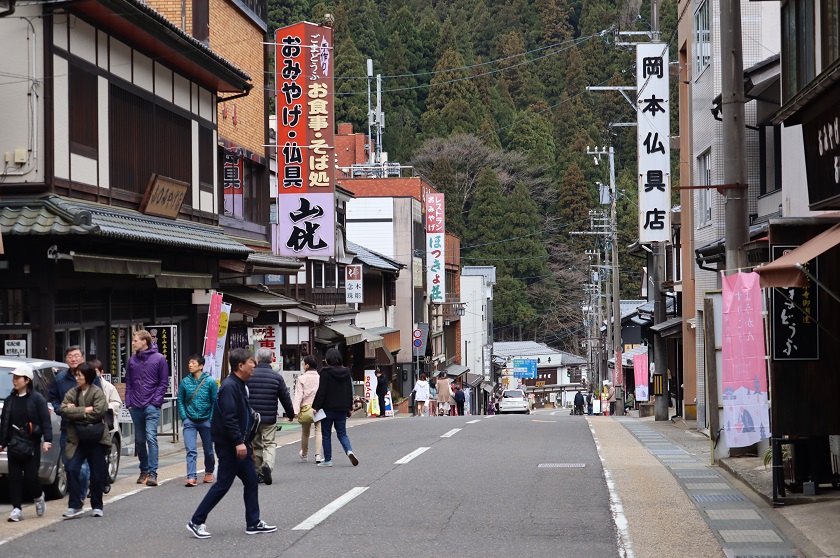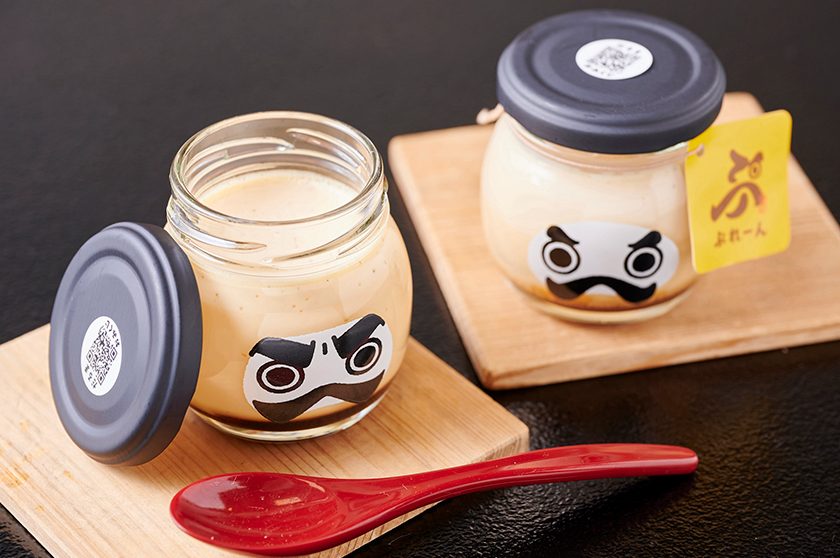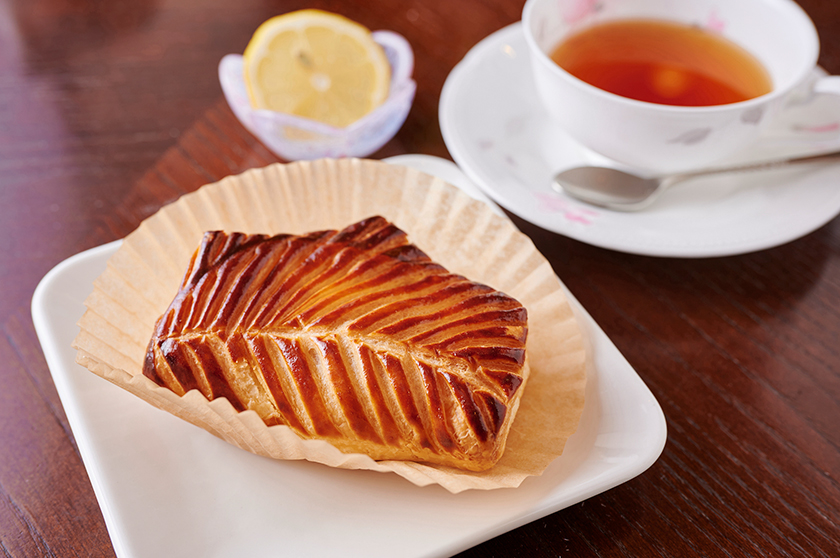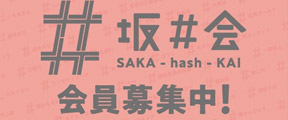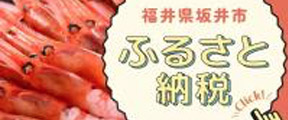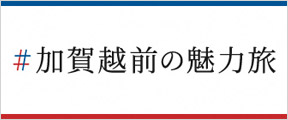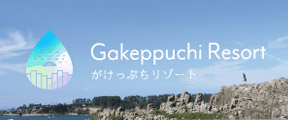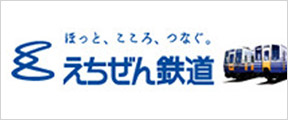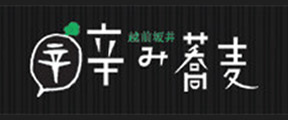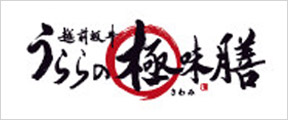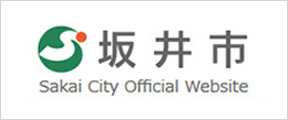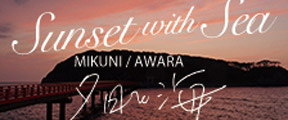Maruoka Castle and Eiheiji Temple Course
- Seniors
- 2 Days/1 Night
This course is recommended for those who want to enjoy the history and nature of Fukui Prefecture, as well as the culinary delights unique to Sakai City.

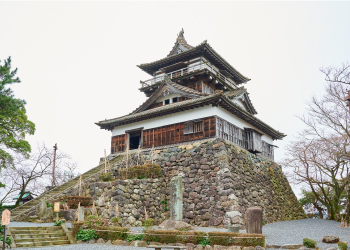
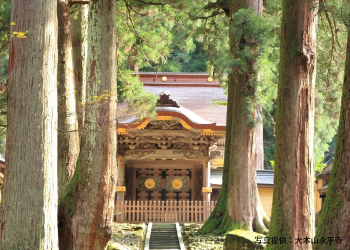
Day 1
| 10:30 am Depart from Fukui Station |
| (Travel time by car) Approx. 30 minutes |
11:00 am Maruoka Castle
Maruoka CastleFirst on the itinerary is Maruoka Castle, one of Japan’s Top 100 Castles. Its castle keep sits upon a small hill, and is one of twelve in Japan that is still in its original form today. It is also registered as an Important Cultural Property of Japan, and is the only castle keep in the country with stone roof tiles. In 1948, it collapsed when the Fukui Earthquake struck, but many of its pillars and beams that had been used since the Edo Period were intact and able to be used to restore the keep to its original form. Head up to the 3rd floor for a panoramic view of the Sakai Plain, and ask one of the sightseeing volunteers to guide you through the castle to learn more about its history. The castle keep is also illuminated at night, giving off a serene atmosphere completely different from the day. Click here for more details |
| 12:25 pm Depart from Maruoka Castle |
| (Travel time by car) Approx. 5 minutes |
12:30 pm Oomiyatei
OomiyateiSoba is a must-eat for those visiting Sakai City. For lunch, we recommend the local specialty “Maruoka soba,” which uses native buckwheat grown in the area since long ago. It’s gained a great reputation from soba lovers across Japan for its taste and aroma born from its early harvest, which also gives its grains a hint of green. Oomiyatei is a restaurant that serves 100% local Maruoka soba in the slightly thicker “nihachi-style soba” style (a kind of soba that is made with an 80:20 ratio of buckwheat to wheat flour), made from a unique blend of fine and coarse flour milled in the restaurant’s own stone mill. Recommended are the Maruoka Nihachi Soba Set featuring Fukui’s two major comfort foods, “Echizen oroshi soba” (cold soba topped with grated daikon radish, shaved bonito flakes, and chopped green onions) and “sauce katsudon” (deep-fried pork cutlet covered in sauce and serve on rice); along with the Oroshi Zanmai, an assortment of three kinds of oroshi soba, which is the standard way of eating soba in Fukui. Click here for more details |
| 1:30 pm Depart from Oomiyatei |
| (Travel time by car) Approx. 10 minutes |
1:40 pm Eight Ribbon
Eight RibbonEight Ribbon is a newly reopened ribbon factory housed in Japan’s largest Jacquard ribbon factory, which once went out of business and was later renovated. Given its stylish exterior, the retro interior is a delightful surprise. Join the factory tour (reservation and fee required) and you will get to see Tyrolean ribbons being made using traditional methods on old-fashioned shuttle looms. You can even try operating the loom for yourself, letting you fully appreciate the elaborate mechanisms and process. Visitors can also make their own ribbon badges from ribbon scraps and more at the factory’s popular workshops, so be sure to give it a try. The factory also runs an on-site cafe with artisan sweets and a store selling original ribbons. Click here for more details |
| 2:50 pm Depart from Eight Ribbon |
| (Travel time) Approx. 10 minutes |
3:00 pm Kubota Brewery
Kubota BreweryKubota Brewery is the sole sake brewery in Sakai City, and is a vital part of its history. Kubota Brewery started more than 270 years ago when Takazumi Arima, lord of the Echizen Maruoka Domain, ordered the production of sake. The current 11th generation brewery is particular about the use of local rice and water to make sake. Utilizing the natural goodness of Maruoka, one of the leading rice-producing areas in Fukui Prefecture, Kubota Brewery aims to brew sake with a distinct local flavor by using Yamada-Nishiki sake rice grown on its premises and natural spring water from 200 meters below the brewery. Kubota Brewery’s signature sake, Onisakuza, is a must-try. The Junmai Nama Genshu variety, which is made by the time-consuming “fukuro-shibori” method, has a clean taste and is guaranteed to please even the most passionate sake connoisseurs. In addition, the liqueurs made with plums and yuzu grown in Fukui Prefecture are recommended for those who do not like sake. Click here for more details |
| 3:50 pm Depart from Kubota Brewery |
| (Travel time by car) Approx. 10 minutes |
4:00 pm Maruoka Onsen Takekurabe
Maruoka Onsen TakekurabeMaruoka Onsen Takekurabe is a hot spring resort with 100% natural hot spring water and stunning scenery that changes every season: cherry blossoms in spring, fresh greenery in summer, colorful leaves in autumn, and snow in winter. Its name comes from the way the two peaks east of the resort appear to be comparing their heights, with “Takekurabe” in the full original name “Mt. Takekurabe” literally meaning “comparing heights.” Walk along the Takeda River stream that flows from Mt. Takekurabe and bask in lush seasonal nature in the resort’s own Japanese garden. The hot spring waters are high-quality and gentle, making it safe for both young and old to soak away fatigue. The resort also serves local dishes like deep-fried tofu and mountain vegetables for guests to satiate their hunger. Click here for more details |
Day 2
| 9:55 am Check out of Maruoka Onsen Takekurabe |
| (Travel time by car) Approx. 3 minutes |
10:00 am Senko no Ie
Senko no Ie (Former Tsubokawa Residence)The first stop of the 2nd day is a journey back in time. Built in the early Edo Period, Senko no Ie is one of the few remaining Japanese-style folk homes with an authentic straw-thatched roof that has not been relocated, earning it a designation as an Important Cultural Property. The front of the house has an “irimoya” (gabled roof), while the back has a hipped thatched roof, and the walls are made of cedar bark, exuding a rustic beauty. The wooden floor and “irori” fireplace will no doubt make you think about life back in the day. The seasonal garden and the valuable historical collection in the Treasure Hall are other must-see highlights. If you’re visiting in June, you’ll also be able to enjoy irises! Click here for more details |
| 10:40 am Depart from Senko no Ie (Former Tsubokawa Residence) |
| (Travel time by car) Approx. 2 minutes |
10:45 am Takeda Waterwheel Melody Park and Takedaya
Takeda Waterwheel Melody Park and TakedayaAs you drive along National Route 364 connecting Eiheiji Temple and Ishikawa Prefecture, you’ll spot two large waterwheels measuring 8 and 5 meters respectively. These are symbols of the area, blending seamlessly into the bucolic landscape. The small hut next door also automatically plays a beautiful melody created by local high school students called “Takeda no Hibiki” every 30 minutes. Inside the park is the store Takedaya, where you can buy the highly recommended “midoriboshi zenmai” (dried royal fern). These ferns are extremely thick owing to the fertile soil of the Takeda area, which is over 700 meters above sea level, and the cool, clear water from the melted snow. In addition, they are rubbed and dried the same day they are harvested. Getting to experience this delicacy’s unique taste is a treat reserved only for visitors to Sakai City. Click here for more details |
| 11:25 am Depart from Takeda Waterwheel Melody Park and Takedaya |
| (Travel time by car) Approx. 2 minutes |
11:30 am Taniguchiya
TaniguchiyaResidents of Fukui Prefecture are apparently the largest consumers of deep-fried tofu in Japan (twice the national average)! This came from their strong belief in Zen Buddhism and the Jodo Shinshu sect, which includes Eiheiji Temple, as it was a popular vegetarian dish that could be eaten by Buddhist monks. Founded in 1925, Taniguchiya’s deep-fried tofu is large, thick, and square-shaped. Expert fryers slowly cook the tofu in accordance with the temperature and humidity of the day, ensuring the outside is crispy and fragrant while the inside is soft and fluffyーa truly unique texture. It is only at the restaurant’s main branch where you can enjoy freshly deep-fried tofu, and we recommend the signature Age Ichimai Gozen set. Deep-fried tofu is a healthy dish that is more filling than you can imagine, promising a highly satisfying lunch. Click here for more details |
| 12:30 pm Depart from Taniguchiya |
| (Travel time by car) Approx. 15 minutes |
12:45 pm ESHIKOTO
ESHIKOTOESHIKOTO is a facility that aims to promote Hokuriku food and culture through Japanese sake. It’s run by Nizaemon Ishidaya, the parent company of Kokuryu Sake Brewery, who brew Fukui’s signature Kokuryu sake. With its grandiose location commanding views of the Kuzuryu River, it’s a sophisticated space that you’ll never want to leave. Within the sprawling 30,000 m² property is a building for sake fermentation and brewing and another for food and beverages. There is also the restaurant Apéro & Pâtisserie acoya, which serves sweets made with Kokuryu Daiginjo (a kind of top-quality sake) and other dishes that incorporate local ingredients. At the adjacent Ishidaya ESHIKOTO Store is a lineup of classic Kokuryu sake alongside rare brews available for tasting. Click here for more details |
| 1:40 pm Depart from ESHIKOTO |
| (Travel time by car) Approx. 20 minutes |
2:00 pm Daihonzan Eiheiji Temple
Daihonzan Eiheiji TempleThis itinerary concludes with a visit to Daihonzan Eiheiji Temple, a sacred world-renowned site for Zen Buddhism. Founded to host Zen training by the Zen master Dogen in 1244, 150 ascetic monks from all over Japan called “unsui” (itinerant monks) continue to practice diligently at the temple, giving one the feeling of traveling beyond time and space. There are more than 70 structures on the vast moss-covered grounds, offering plenty to see as you stroll and take in the comforting echo of its history and people. During your visit, be sure to check out the Sanshokaku, whose stunning ceiling is adorned by 230 Japanese paintings by 144 artists from the early Showa Period. You can also get further into the Zen spirit through Zen meditation and sutra copying. Click here for more details |
| 3:55 pm Depart from Daihonzan Eiheiji Temple |
| 3:50 pm Depart from Daihonzan Eiheiji Temple |
4:00 pm Eiheiji Monzen Shopping Street
Eiheiji Monzen Shopping StreetAfter exploring Daihonzan Eiheiji Temple, take a stroll along the street in front of the temple. Both sides of this straight road have rows of restaurants offering Eiheiji Temple specialty dishes like soba noodles and sesame tofu, as well as souvenir shops selling Fukui’s famous sake brands. You’ll surely find a shop or restaurant that piques your interest. After all that walking, you’ve no doubt earned yourself a sweet pick-me-up. Popular sweets include the Eiheiji Daruma Pudding, which comes in a unique daruma doll-inspired bottle; as well as the apple pie from Atelier Kashu (available only from April to September), which is practically always sold out by mid-morning. Walk while enjoying the unique atmosphere of this temple-front town and eat your way through its many goodies. Click here for more details |
| 4:30 pm Depart from Eiheiji Monzen Shopping Street |
| (Travel time by car) Approx. 30 minutes |
| 5:00 pm Fukui Station |


